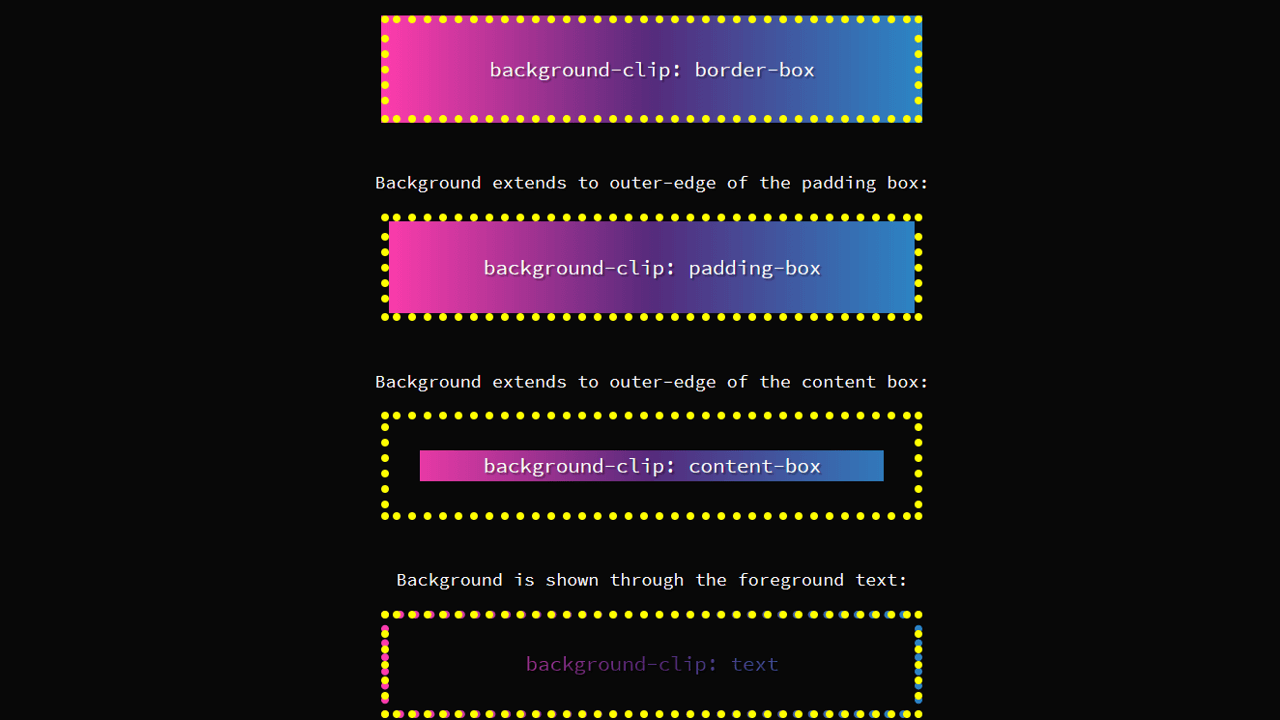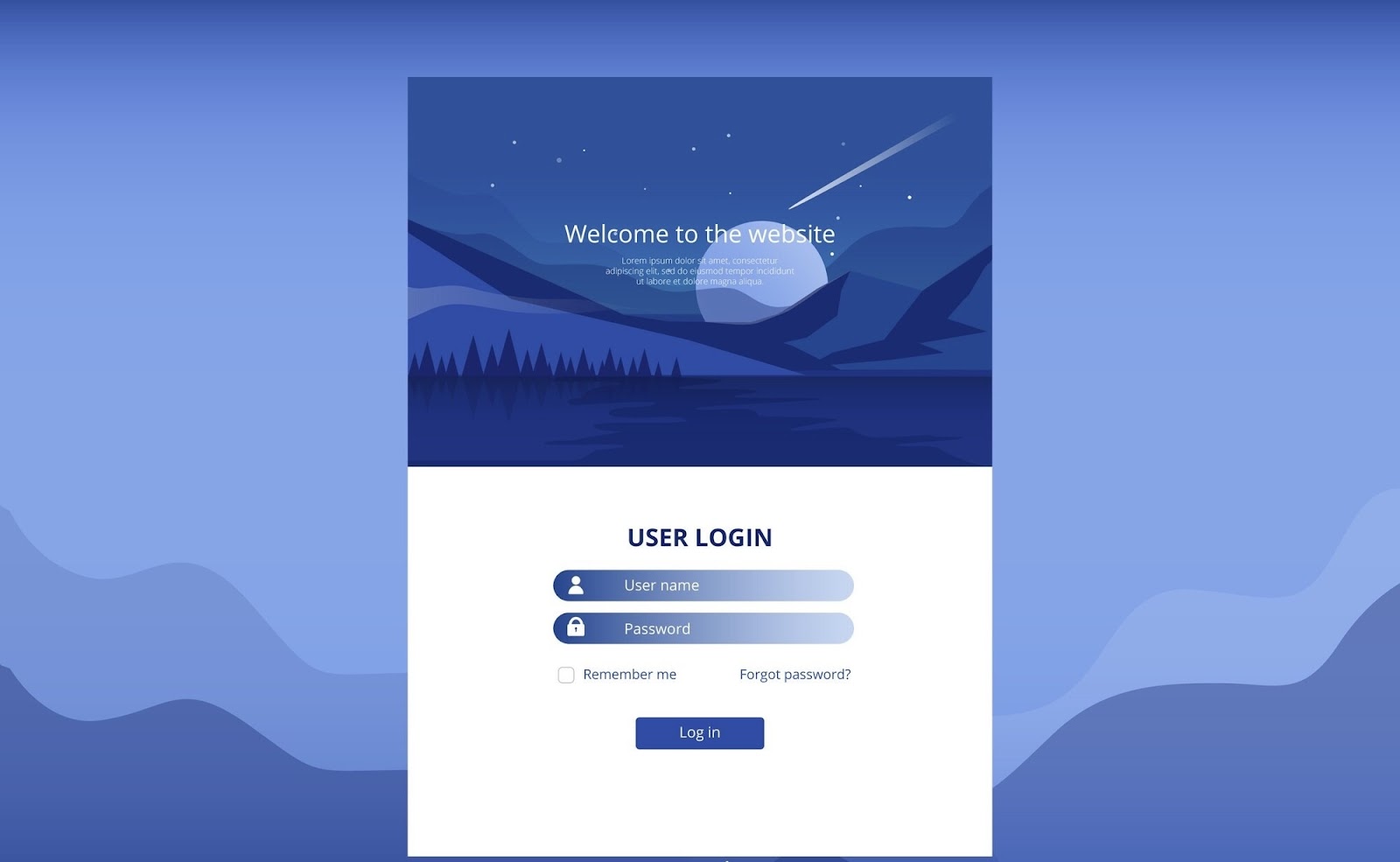The `url()` function in CSS boasts a wide range of applications, making it an indispensable tool for web developers. It can be integrated into various properties, including `background`, `background-image`, `list-style`, `list-style-image`, `content`, `cursor`, `border`, `border-image`, `border-image-source`, `mask`, `mask-image`, and within `@font-face` and `@counter-style/symbol` blocks for specifying resources such as fonts and list symbols.
Relative URLs
At its core, the `url()` function allows for the loading of resources relative to the location of the CSS file. For instance, when a developer wants to set a background image using a relative URL, they might write:
```css
div {
background-image: url(test.png);
}
```This approach assumes the image file, `test.png`, resides in the same directory as the CSS file. It’s a straightforward method to reference assets without specifying their full path, simplifying maintenance and updates. Should the images be stored in a different directory, the path can be adjusted accordingly. To access an image in a parent directory, the notation `../` is used:
```css
section {
background-image: url(../test.png);
}
```Conversely, to dive into a subdirectory, the path is extended as follows:
```css
section {
background-image: url(subfolder/test.png);
}
```Root-Level URLs
Developers also have the option to start from the root of the domain. This method ensures that the resource is located relative to the root directory of the website:
```css
section {
background-image: url(/test.png);
}
```Absolute URLs
For resources hosted externally, an absolute URL is the go-to choice. This method specifies the full URL to the resource, allowing for the inclusion of assets from different domains:
```css
section {
background-image: url(https://mysite.com/test.png);
}
```By employing absolute URLs, developers can incorporate resources from across the web, expanding the possibilities for design and functionality.
The `url()` function’s flexibility in handling both local and external resources with relative, root-level, and absolute paths exemplifies its critical role in CSS, offering developers a powerful tool for crafting visually engaging and interactive web experiences.
Conclusion
The `url()` function in CSS stands as a testament to the language’s flexibility and power, enabling web developers to seamlessly integrate a variety of resources into their projects. Whether it’s employing relative paths for simplicity and ease of maintenance, using root-level URLs for consistency across a domain, or leveraging absolute URLs to harness external assets, the `url()` function caters to a broad spectrum of needs. This versatility not only simplifies the process of designing and developing websites but also enhances the capability of CSS to create more dynamic, visually appealing, and interactive user experiences. As web technologies continue to evolve, the `url()` function remains a fundamental aspect of CSS, demonstrating its enduring relevance in the toolbox of web developers.



